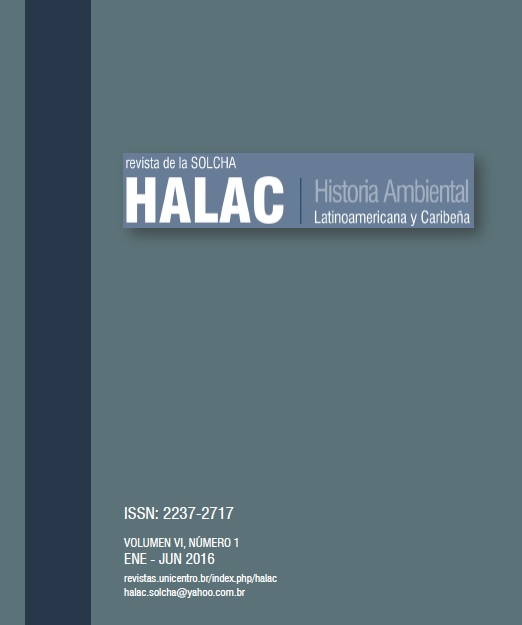The production of 18th century scientific knowledge about the Brazilian Caatinga
DOI:
https://doi.org/10.5935/2237-2717.20160009Abstract
How science has defined a “region” over time, is the main question brought forth by this article. As part of a scientific effort, orchestrated by a central, despotic Imperial Government, co opting colonial subjects into becoming scientists at the service of the Crown, who described, named and defined the various parts of the empire. Thus, the Caatinga of Northeastern Brazil has been the subject of several descriptions during the 18th Century, written by naturalists in the service of the Portuguese Crown. These men sent, over the last decades of the 18th through early 19th Century, a large number of samples of minerals, fauna and flora to be studied and described in Lisbon and other European capitals, creating the necessary environment for a scientific boom which never really took place but for the few printed and manuscript reports which were the sources for this article.Downloads
Published
2016-09-09
How to Cite
Pereira, M. R. de M., & DeNipoti, C. (2016). The production of 18th century scientific knowledge about the Brazilian Caatinga. Historia Ambiental Latinoamericana Y Caribeña (HALAC) Revista De La Solcha, 6(1), 170–183. https://doi.org/10.5935/2237-2717.20160009
Issue
Section
Articles
License
This journal offers immediate free access to its content, following the principle that providing free scientific knowledge to the public provides greater global democratization of knowledge.
As of the publication in the magazine the authors have copyright and publication rights of their articles without restrictions.
The HALAC Magazine follows the legal precepts of the Creative Commons - Attribution-Non-Commercial 4.0 International license. 




